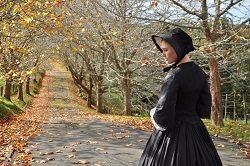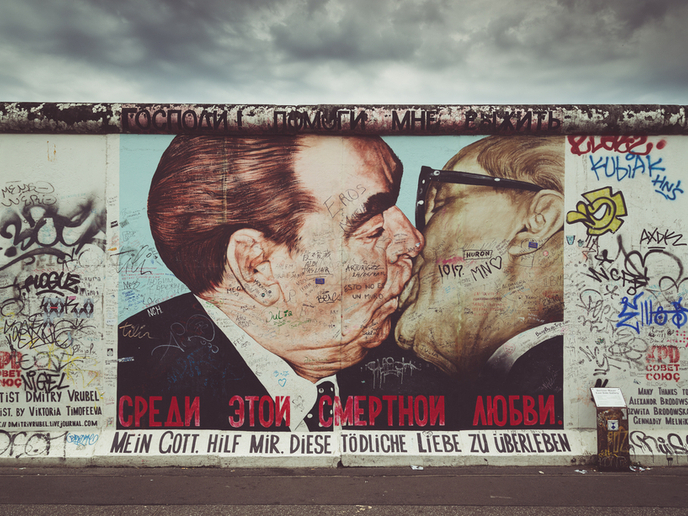A colour transformation takes Victorian England by storm
The 19th century in Europe is frequently associated with industrialisation and modernity. At the same time, many Europeans – particularly the Victorians – were obsessed with the past, whether Greek or Gothic. Their interest was not, however, purely antiquarian or historical, as many artists actively sought to revive the rich material culture of these bygone times which they believed were more colourful than their bleak present. Chromatic turning point Against this backdrop, the EU-funded project titled COPAST, short for The Colours of the Past in Victorian England, analysed the representation of the colours of Antiquity and the Middle Ages in key art works of the period. “The Victorian age was a chromatic turning point following the scientific discovery of new chemical colours, such as coal-tar based synthetic dyes, which many artists rejected,” says project coordinator Charlotte Ribeyrol, Associate Professor in 19th century British literature, Sorbonne University, Paris, France. Ribeyrol specifically investigated ideological approaches to ancient polychromy in the context of the Greek and Gothic Revivals that affected industrialised England in the second half of the 19th century. “We analysed the reception of the chromatic material culture of Antiquity and the Middle Ages in the works of writers and artists from William Morris’s close circle,” notes Ribeyrol. Working on rare archival resources in London and Oxford in close collaboration with the teams at the Ashmolean Museum, she has contrasted these ancient hues with the new chemical aniline dyes that were mainly devised for the expanding textile industry. To fuel this passion for the past, Victorians collected lesser known polychrome art works (for instance, Hellenistic Tanagra figures). “They drew on the findings of archaeologists and anthropologists whose new approach to past cultures broke away from traditional colourless, philological interpretations of the classical or medieval heritage,” explains Ribeyrol. Science of colour This colourful nostalgia shaped the artistic endeavours of many writers and painters from William Morris and Walter Pater to Lawrence Alma-Tadema. As an example, Ribeyrol refers to the historic painting ‘Phidias Showing the Frieze of the Parthenon to his Friends’ by Alma-Tadema which reveals the original polychromy of the Parthenon marbles. “The movement was thought to be quite subversive and controversial at the time as both the Greek and Gothic past was then still believed to be essentially monochrome – from the pure whiteness of Greek statues to the ‘cruel’ Dark Ages,” notes Ribeyrol. Exploring how Victorian artists resisted this new ‘science of colour’ in favour of the more stable dyes of the past, Ribeyrol broke new ground. “This neo-Romantic and reminiscent use of colour, especially in Morris’s political, poetic and artistic works, had never been explored before,” she highlights. In effect, COPAST revealed the central role played by chromatic materiality within Victorian poetry and painting in order to promote an innovative weaving together of art, literature and science. The project’s work involved a combination of textual analyses (artists’ correspondence, critical, theoretical or literary commentaries, ekphrases or descriptions of a work of art, pigment recipes, etc.) and scientific data (the chemistry of pigments and binders, the physiology of perception, the history of sciences). This enabled Ribeyrol to shed new light on how these artists and poets related to, and/or participated in, the scientific culture of their time. Ultimately, the project introduces a new perspective on Britain’s industrial supremacy during the 19th century, which is generally perceived through the darkening filter of coal pollution.
Keywords
COPAST, colour, Victorian, artists, dyes, pigment, polychrome art







